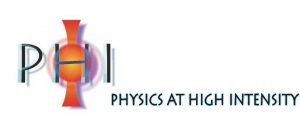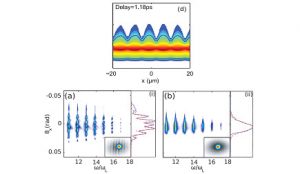A major challenge for the study of laser-matter interactions at ultrahigh intensity is to find simple methods both to control these interactions, and to characterize them on very small spatial scales (micron) and temporal (femtosecond to attosecond). In this context, I will show how, through a very simple shaping of a femtosecond laser beam of high power, one can generate 'plasmas gratings' resistant to ultraintenses laser pulses, at the surface of initially flat targets (glass plate). Using a diffractive imaging technique called 'ptychography', these transient plasma gratings can then be used as diffracting objects to reconstruct spatially, in amplitude and in phase, the harmonic field En (x) generated at the surface of the target. These results have widely exceeded our original goals, and I will put some emphasis on the unexpected path which led us there.
Optically Controlled Solid-Density Transient Plasma Gratings, Phys. Rev. Lett. 112, 145008 – Published 11 April 2014, S. Monchocé, S. Kahaly, A. Leblanc, L. Videau, P. Combis, F. Réau, D. Garzella, P. D’Oliveira, Ph. Martin, and F. Quéré, DOI: http://dx.doi.org/10.1103/PhysRevLett.112.145008
Contact CEA : Fabien QUERE





